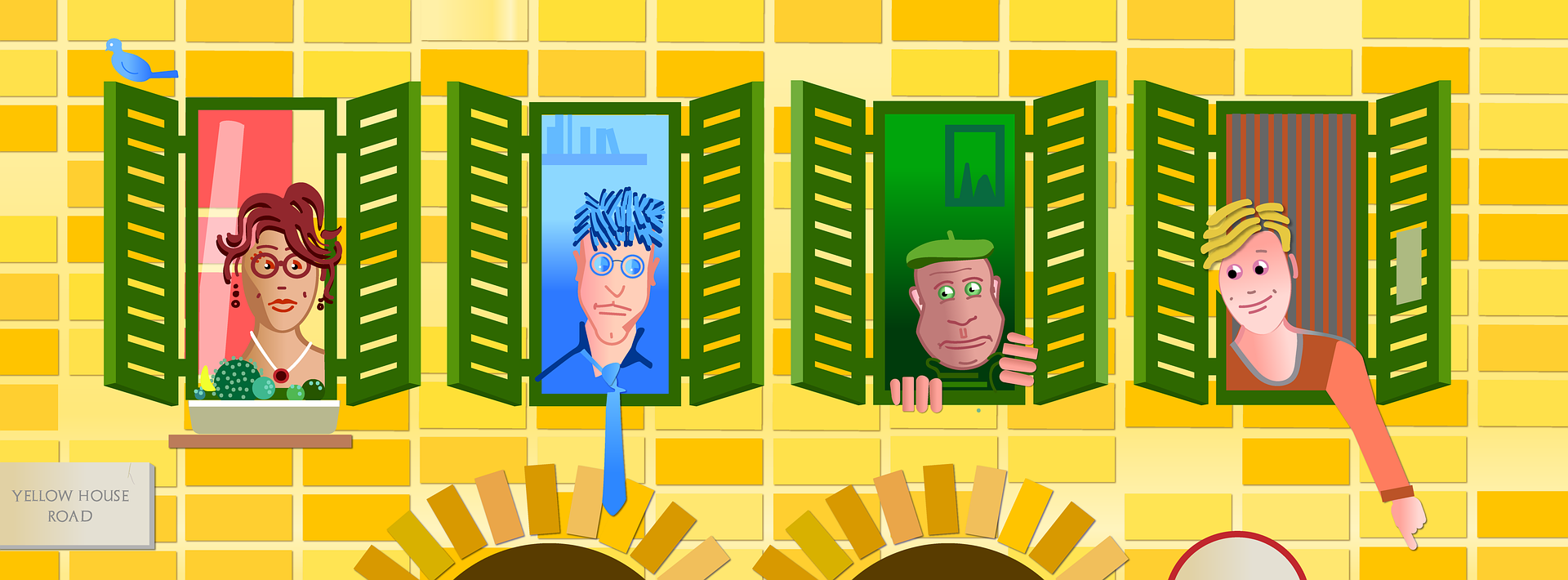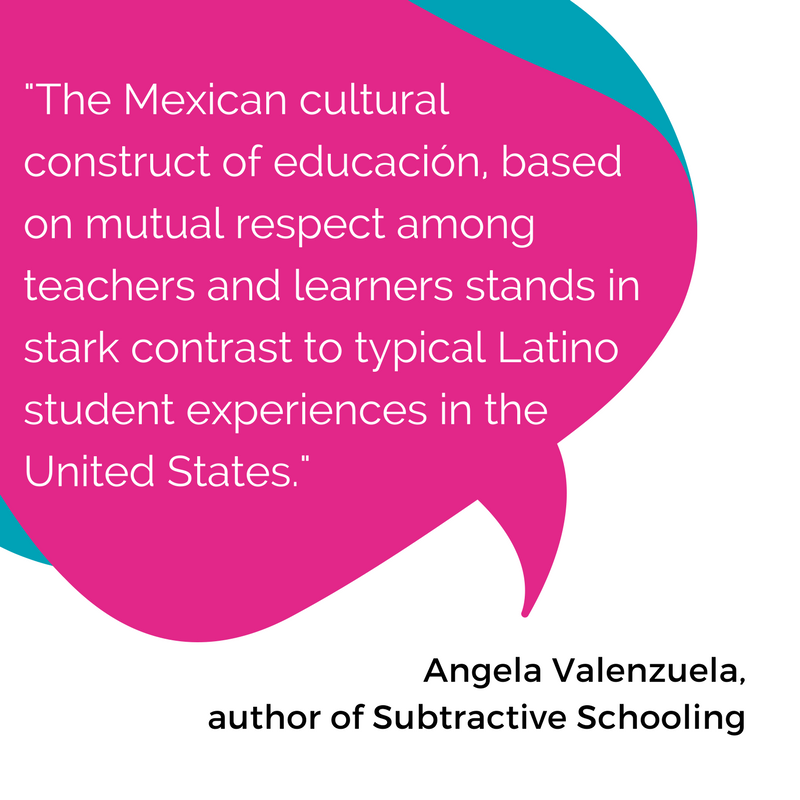4.1. Course Management: Interaction Planning
| Site: | LaneOnline: M4 (mdev) |
| Course: | CDI M4 demo (Keene-ID Services) |
| Book: | 4.1. Course Management: Interaction Planning |
| Printed by: | Guest user |
| Date: | Monday, 15 December 2025, 3:16 PM |
1. Interaction: Why?
 One of the major concerns students have about online courses is that they’ll be made to teach themselves from provided materials. Even courses with plenty of context and personalized content – video or written lectures from the instructor, for instance
– can feel like they’re built for students to work through on their own. This is one of the reasons that consciously constructing interaction in your course will beneficial.
One of the major concerns students have about online courses is that they’ll be made to teach themselves from provided materials. Even courses with plenty of context and personalized content – video or written lectures from the instructor, for instance
– can feel like they’re built for students to work through on their own. This is one of the reasons that consciously constructing interaction in your course will beneficial.
The fifth section of the OSCQR standards centers on interaction. Those standards reflect research that recommends opportunity for interaction be woven into the course from the start, allowing students to get to know their instructor, to know that they’re learning beside others, and to have a chance to contribute to the content in the course from their own diverse experience. This dovetails well with the call for “humanizing” online courses, started by Michelle Pacansky-Brock, that the California Online Education Initiative have supported.
Courses typically support three kinds of interaction: between the student and the content, between students, and between the student and the instructor. We'll briefly review all three kinds here.
2. Interaction is an equity concern for underserved students
 Despite the value that having the choice to learn online brings to underserved students, we know that these same students succeed at lower rates. A mixed methods study by Ray Kaupp (2012) analyzed more than 4 million student grades from the California
Community College system. The analysis confirmed the well known achievement gap between white and Latinx students, but it also showed that the achievement gap increases by 44% when we look specifically at the grades of students in online classes.
Despite the value that having the choice to learn online brings to underserved students, we know that these same students succeed at lower rates. A mixed methods study by Ray Kaupp (2012) analyzed more than 4 million student grades from the California
Community College system. The analysis confirmed the well known achievement gap between white and Latinx students, but it also showed that the achievement gap increases by 44% when we look specifically at the grades of students in online classes.
Kaupp also interviewed a small group of Latinx students who had taken at least one online class and a small group of faculty and administrators. He spoke with members of each group and probed to understand what issues might be contributing to this problem. Themes emerged from the responses from the two groups. The online instructors and administrators cited a lack of student motivation and self-directed learning, a lack of technology skills, and literacy challenges stemming from not being native English speakers. The student interviews did not confirm any of the themes that emerged in the faculty and administrator interviews.
When students were asked to describe good and bad online learning experiences, the responses clustered around the topic of student-instructor relationships. One student said this about his instructor from a favorable online class, "“He was very available . . . even through email, he would respond to you as soon as he could.” When asked to describe unfavorable online experiences, responses focused on instructors too. One student said this about his instructor, “We don’t really have a relationship. It’s like, do your work, and so I do my work, and that is about it.” Another student responded, “It’s very much about coursework and that is that. She doesn’t care about what is going on in my life.”
What many educators in the United States fail to recognize is that the way we teach extends a worldview that may clash with our students' cultural experiences. Education is a cultural construct. Educación, the Mexican construct of education, is grounded in a mutual relationship between a teacher and a student, which is dramatically different from the hierarchical and authoritative instructor-student relationship that underpins U.S. higher education. When instructors teach face-to-face, they have ample opportunity to leverage their interpersonal communications to get to know students and create connections with them. When teaching online, an instructor must mindfully construct that presence and foster those connections or they don't exist.
Image text: "The Mexican cultural construct of educación, based on mutual respect among teachers and learners stands in stark contrast to typical Latino student experiences in the United States." Angela Valenzuela, author of Subtractive Schooling
Source: Ray Kaupp, "Online Penalty: The Impact of Online Instruction on the Latino-White Achievement Gap," Journal of Applied Research in the Community College, 2012, eric.ed.gov/?id=EJ1001604. Accessed 7 July 2019.
This page's content is from the Humanizing Online Teaching & Learning Course, developed through a grant from the California Community College Chancellor’s Office, and licensed under a Creative Commons Attribution (CC-BY) license.
3. Student-Content Interaction
In face-to-face courses, students have an obvious method to interact with
 content: They can raise a hand to ask a question. One benefit to online courses is that they provide additional avenues for interaction with course content in meaningful ways. Content interaction includes providing opportunities for students to think
critically about course materials, contribute to the discussion in multiple ways, and to check their understanding of the concepts.
content: They can raise a hand to ask a question. One benefit to online courses is that they provide additional avenues for interaction with course content in meaningful ways. Content interaction includes providing opportunities for students to think
critically about course materials, contribute to the discussion in multiple ways, and to check their understanding of the concepts.
Within Moodle, this can be accomplished in many activities. Consider these examples:
- A student watches a video that is broken up every three minutes with a brief check-your-understanding question (H5P Interactive Video).
- Students contribute to a class glossary by providing additional definitions, clarifications, or media.
- Students provide additional resources they’ve found that contributed to their understanding of a reading, lecture, or other content (for instance, by uploading video links to a discussion forum).
4. Student-Student Interaction
Research is mixed on the academic value of student-student interaction, but it has been found to improve a student’s sense of community or belonging when student-student interaction is encouraged and frequent, and students are frequently more satisfied with their course experience when student interaction is built in. Here are ideas for online courses:
- Students work in small groups to complete a study guide in a collaborative Google Document.
- Students take a low-stakes Moodle quiz in small group Zoom breakouts.
- Students answer each others’ questions in a Help or Q&A forum.
- A collection of readings can be split among small groups to report back in a discussion forum.
- Peer review can happen in collaborative documents, forums, or using Moodle’s workshop feature.
- Students can discuss topics or explain questions in video discussion boards like FlipGrid.
- Jigsaw-based discussions or projects in forums can create collaborative learning experiences.
5. Student-Instructor Interaction
As mentioned a few pages ago, interaction with a caring, attentive instructor is the most critical piece for student success and satisfaction in online courses. Student-instructor interaction encompasses many different actions, including daily and weekly communication, feedback, and other elements of establishing presence. We’ll get back to feedback later, but for now, here are other ways to build in student-instructor interaction in your course:
- Respond to posts in the student help/Q&A forum within a set amount of time.
- Build in helpful (and sometimes lively or surprising) feedback for auto-graded quizzes.
- Pre-write weekly announcements and schedule them to go out on a regular schedule so that students can count on hearing from you.
- Solicit and respond to mid-course feedback using a Moodle questionnaire.